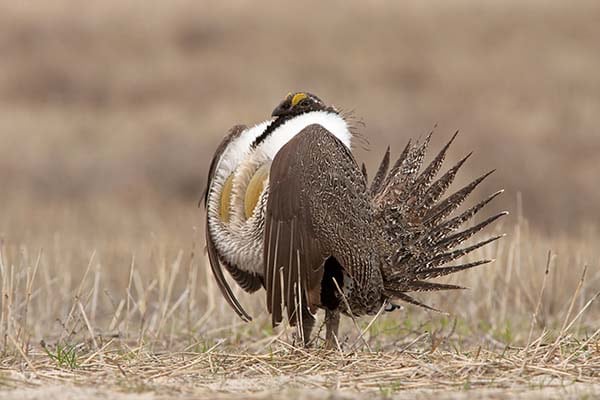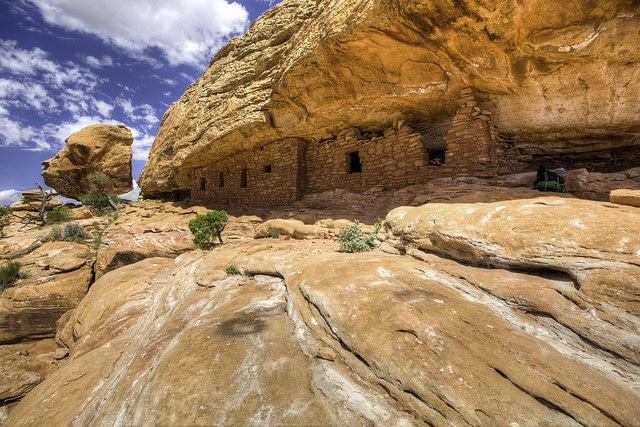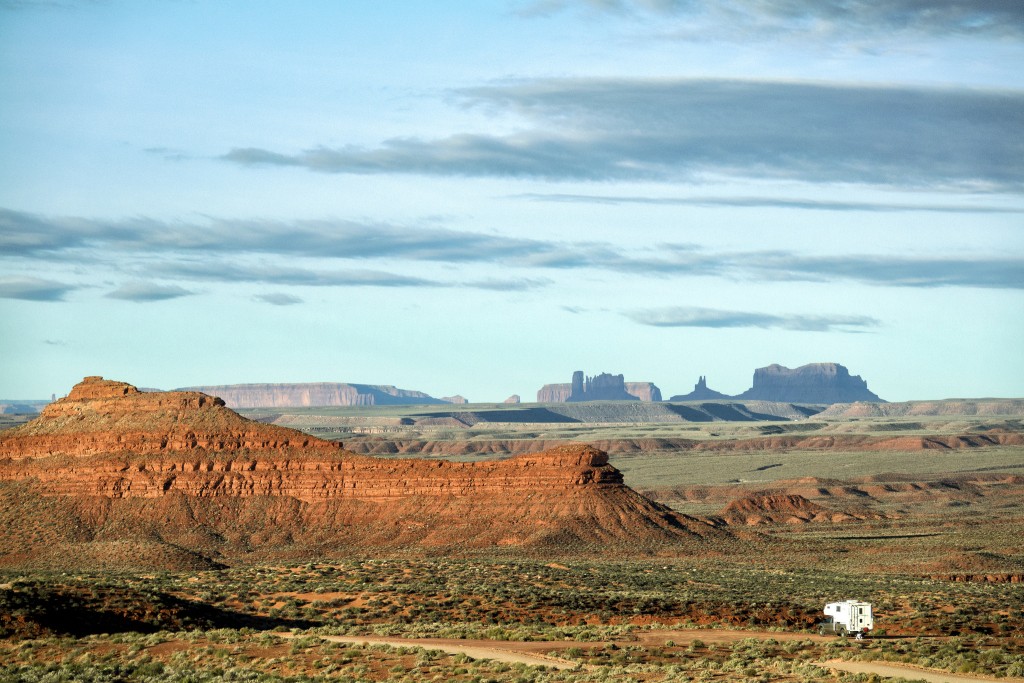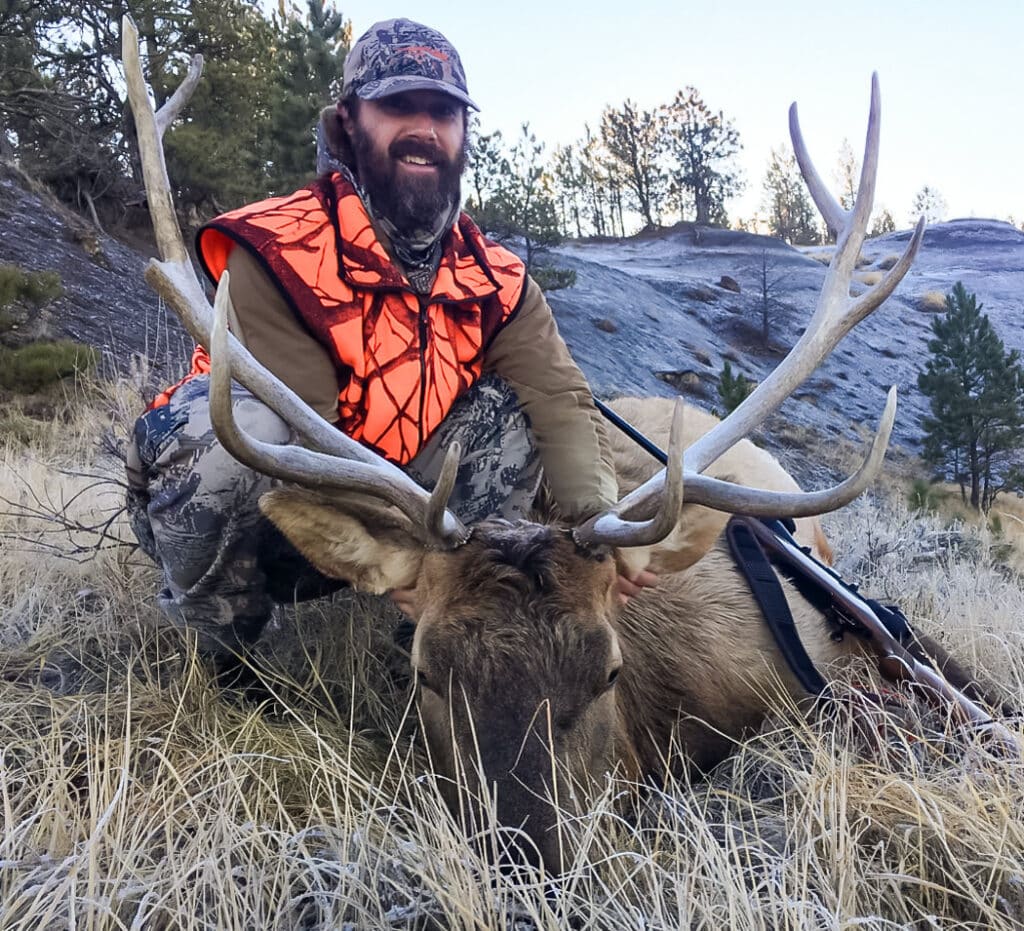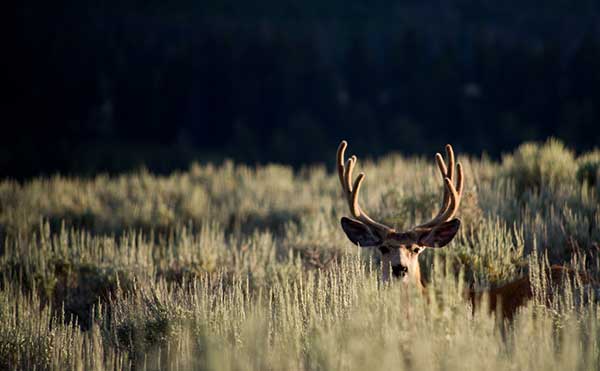
Chronic Wasting Disease (CWD) is a deadly neurological illness that is fatal to deer, elk and moose — and now it is in Montana. In the last month, the disease has been confirmed in two wild deer shot by hunters near Billings.
The spread of CWD poses a serious threat to Montana’s big game herds, hunting heritage, and outdoor economy. Wildlife managers, hunters, and agricultural landowers must take aggressive steps to limit the spread of CWD in both geographic distribution and prevalence within herds.
The arrival of CWD in Montana comes just as the Department of Fish, Wildlife and Parks was in the process of revising their CWD Management Plan. The plan calls for more monitoring to catch CWD occurrences, special hunts to determine prevalence within a deer herd, and stepped up public outreach to educate people about the threat.
MWF has weighed in with comments on the FWP’s plan with a call for quick, aggressive action to control CWD. MWF supports more resources for eradication as a primary strategy for containing the disease, including the use of aggressive special hunts. MWF also reaffirmed support for a general hunting season that emphasizes opportunity, which can keeps buck-doe ratios low and prevent the spread of the disease. Finally, MWF reiterated the importance of ending elk feeding in Wyoming, which is a major vector in spreading multiple wildlife diseases.
“Montanans have long feared this day, yet knew it was inevitable,” MWF wrote. “With solid cooperation from Montana’s hunters, as well as landowners and others, we can work to limit its scope in both range and prevalence. We should strive to eradicate CWD in cervids in our state, and must act quickly.”
Click here for MWF’s CWD letter.

